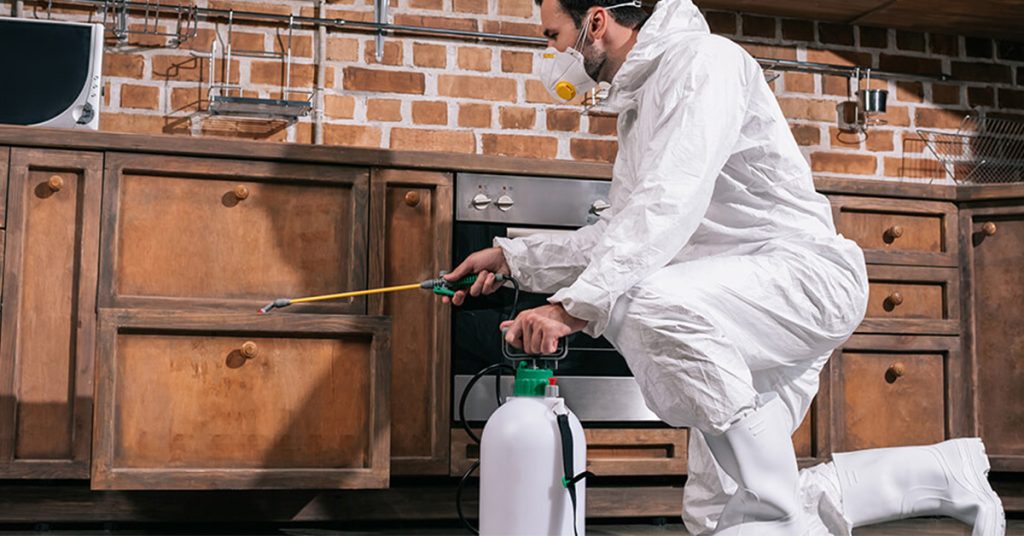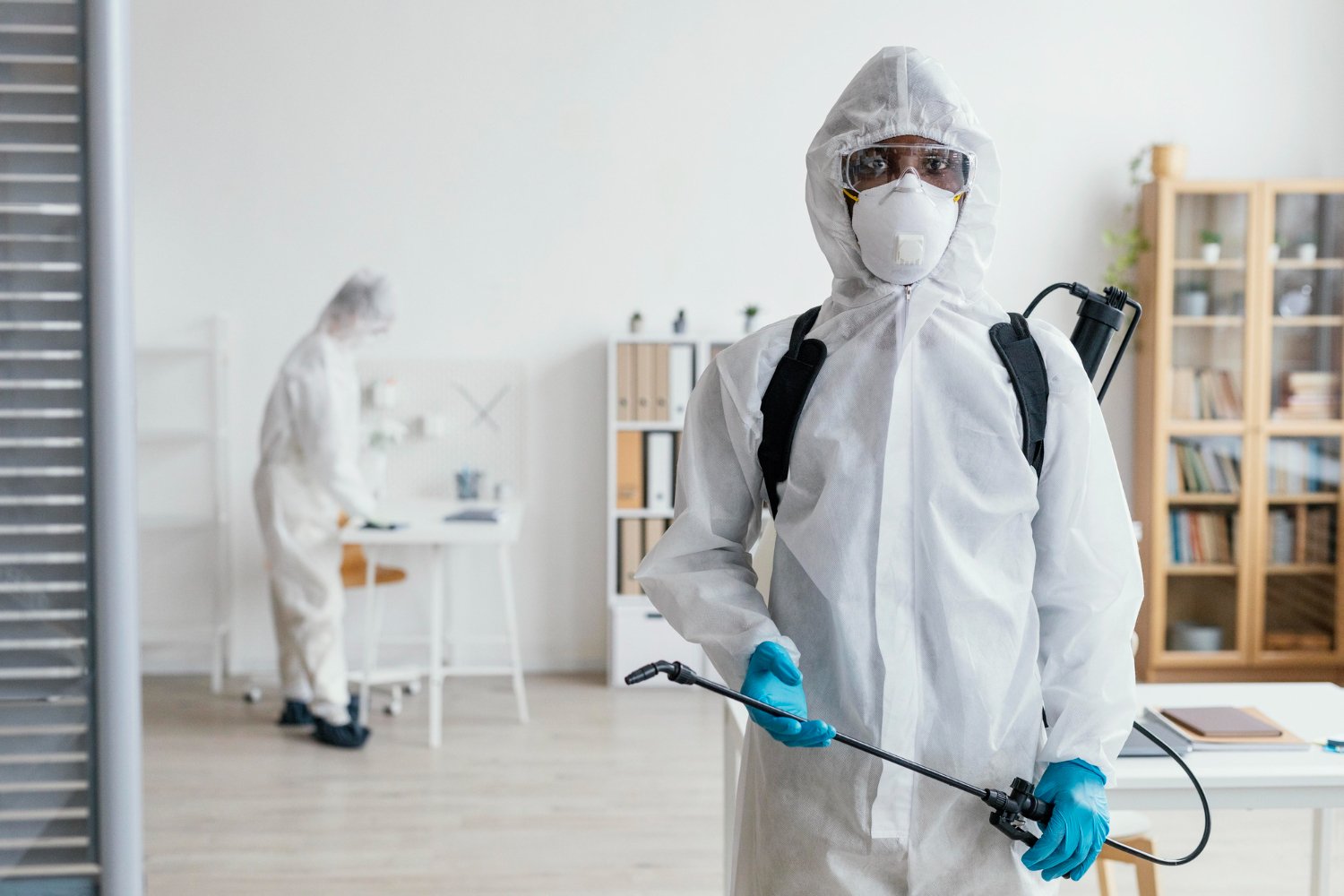Professional Elimination and Prevention Services by Pest Control Lockhart
Professional Elimination and Prevention Services by Pest Control Lockhart
Blog Article
Exploring Problem and Treatment Strategies on the planet of Bug Control
The landscape of insect control incorporates a myriad of obstacles, especially as infestations of usual home parasites proceed to evolve. Recognizing the actions and reproductive patterns of these annoyances is essential for creating efficient therapy techniques. By incorporating preventive actions with advanced administration strategies, such as Integrated Insect Monitoring (IPM), property owners can much better protect their atmospheres. Nevertheless, the efficiency of these approaches might differ substantially based on specific scenarios. What hidden factors contribute to the success or failing of these methods in different settings?

Typical House Vermin
When it comes to managing our home, comprehending typical house parasites is crucial. These pests not only disrupt our comfort but can also position health and wellness dangers and damage residential property. One of the most widespread family bugs consist of ants, roaches, rodents, termites, and bed insects.
Ants, typically seen foraging in kitchen areas, can pollute food and establish large colonies. Cockroaches, recognized for their strength, can cause allergic reactions and spread microorganisms. Rodents, including mice and rats, can create architectural damages and bring diseases like hantavirus and salmonella. Termites, frequently referred to as "quiet destroyers," can jeopardize the stability of wooden frameworks, causing expensive repair work. Bed bugs, although not condition providers, can trigger significant pain with their bites and lead to emotional distress.
Acknowledging the signs of these parasites, such as droppings, nests, or bite marks, is essential for very early intervention (Pest Control Lockhart). Correct cleanliness practices, securing entry factors, and maintaining a clutter-free setting are effective preventative actions. By determining these usual family pests and comprehending their behaviors, house owners can take proactive actions to mitigate problems, ensuring a healthier living environment
Recognizing Insect Infestations
Parasite infestations can intensify quickly, turning a small annoyance right into a substantial issue otherwise addressed immediately. Recognizing the nature of these infestations is vital for effective management. Bugs can attack domestic and industrial rooms for various reasons, including the look for food, sanctuary, or reproducing grounds. Common elements adding to problems include poor cleanliness, structural susceptabilities, and seasonal adjustments that drive pests indoors.
Determining the sort of insect is vital, as different types display varied behaviors and reproductive rates. For example, rats may develop nests in surprise locations while pests like roaches prosper in moist atmospheres. Early discovery usually pivots on identifying indicators such as droppings, chomp marks, or unusual sounds, which can indicate a trouble prior to it ends up being extreme.
Cozy, moist climates can help with the fast growth of parasite populations, while modifications in landscape design or building and construction can accidentally create favorable environments. An informed approach to understanding these dynamics lays the groundwork Bonuses for efficient parasite management techniques in the future.
Treatment Approaches and Techniques
Reliable therapy methods and methods are necessary for minimizing parasite problems and recovering a risk-free setting. A diverse technique is often best, integrating chemical, organic, and mechanical approaches tailored to the particular insect and the seriousness of the problem.
Chemical therapies include making use of pesticides and herbicides, which can properly get rid of bugs. Correct application and adherence to safety and security guidelines are essential to lessen risks to people and non-target microorganisms. Integrated Pest Administration (IPM) encourages the wise usage of chemicals as a last resource, counting rather on tracking and threshold levels to establish treatment needs.
Biological control techniques entail presenting natural killers or parasites to minimize insect populations. This technique is progressively popular, especially in farming setups, as it advertises environmental sustainability.
Mechanical approaches, such as traps and barriers, give prompt remedy for bugs without introducing chemicals. Choices include sticky traps for insects or physical barriers for rodents.
Eventually, the option of treatment method ought to think about the details insect, the atmosphere, and potential influences on human health find out and communities. A well balanced mix of these strategies can efficiently handle infestations while promoting long-term insect control options.
Safety Nets for House
Proactively resolving insect issues prior to they rise is essential for maintaining a healthy home setting (Pest Control Lockhart). Applying reliable precautionary measures can dramatically minimize the probability of infestations, eventually safeguarding both your residential or commercial property and well-being

Correct landscaping also plays a critical function in avoidance. Keeping shrubs and trees cut away from your home decreases the possibilities of parasites discovering their means inside. Furthermore, ensure that drainage systems are operating successfully to protect against standing water, which can reel in insects and other insects.
Lastly, routine inspections are advisable. Routinely looking for indicators of bug activity enables very early intervention. By adopting these safety nets, property owners can create a setting that is less hospitable to bugs, thus enhancing their general quality of life and reducing the demand for comprehensive pest control treatments.
Commercial Parasite Control Techniques
A comprehensive technique to commercial bug control is important for services aiming to keep a risk-free and sanitary environment. Reliable techniques entail a combination of routine inspections, worker training, and the implementation of Integrated Bug Management (IPM) methods.
Normal evaluations make it possible for early detection of bug task, enabling prompt treatment. Companies must develop a routine timetable for these analyses, concentrating on high-risk areas such as cooking areas, storeroom, and garbage disposal websites. Staff member training is equally vital; team should be informed on the indications of parasite infestations and the value of reporting them right away.
Implementing IPM practices assists alleviate bug concerns sustainably. This consists of environment modification, such as sealing entry points and minimizing mess, along with using all-natural deterrents prior to considering chemical therapies.

Moreover, collaborating with a licensed insect control company makes sure accessibility to professional understanding and sophisticated treatment choices. This partnership can result in customized pest control plans customized to the details demands of the organization, decreasing threats and improving general efficacy. Ultimately, a proactive and enlightened strategy cultivates a pest-free environment, guarding both public wellness and service track record.
Conclusion
In conclusion, reliable insect control demands an extensive understanding of usual home parasites and their behaviors, combined with targeted therapy methods. Carrying out preventive procedures along with treatment methods such as Integrated Pest Administration and organic control enhances the ability to alleviate problems.
Report this page